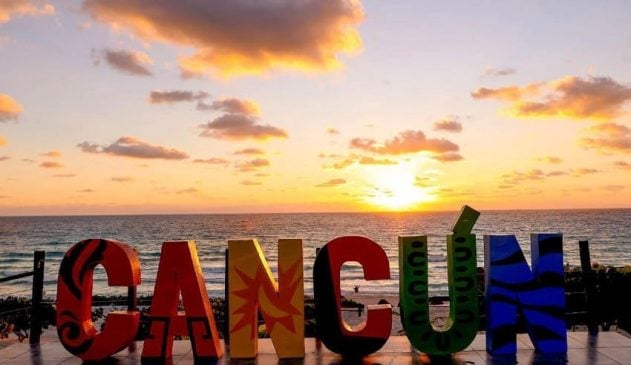Tulum, Q.R. — Four of the state’s archaeological zones are set to reopen. The announcement came from the National Institute of Anthropology and History (INAH) who reports that on September 14, the archaeological zones of Tulum, Cobá, San Gervasio and Muyil will again be open to the public.
“We are carrying out sanitation and fumigation to guarantee the health of visitors. We know that these spaces are important for economic reactivation, so for this reason, we are all contributing resources to make the necessary arrangements,” indicated municipal authorities.
The Instituto Nacional de Antropología and Historia (INAH) says that the sites will be open under the strict measures established by the new normal in order to guarantee the safety and well-being of its operational staff and visitors.
The Ministry of Culture of the Government of Mexico, through the National Institute of Anthropology and History (INAH), will begin the gradual and orderly resumption of the archaeological zones as of noon, September 14.
The news of their reopening comes with the turn of the state’s epidemiological light to yellow. The INAH reports Tulum, Cobá, San Gervasio and Muyil will open Monday to Sunday, from 9:00 a.m. to 3:00 p.m., at which time the last entry ticket will be sold.
The capacity allowed will be 2,000 people per day in the case of Tulum, and 1,000 for Cobá. At both sites, only groups with a maximum of 10 people will be allowed in, including groups guided by tour operators. While in San Gervasio and Muyil there is no specified limit, since the influx of visitors is less.
The public must wear face masks when arriving to protect staff. Access will not be permitted to people without face masks. At all times, visitors must maintain a health distance of at least 1.5 meters with the exception of children, who must be accompanied by an adult.
Upon reaching the archaeological sites, visitors will have their temperature read and be given alcohol gel in the sanitary filter. Alcoholic beverages, intoxicated people, large bags and backpacks will not be allowed in.
At the end of August, officials announced that four of the state’s 13 archaeological zones would reopen upon reaching a yellow epidemiological light, however, at the time, no official date was provided.


